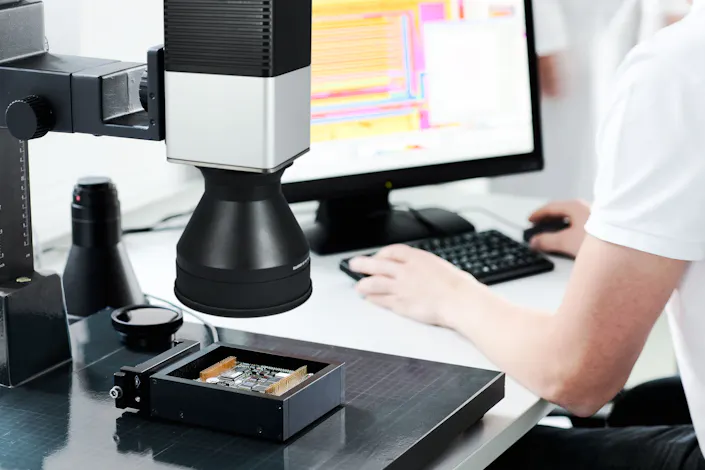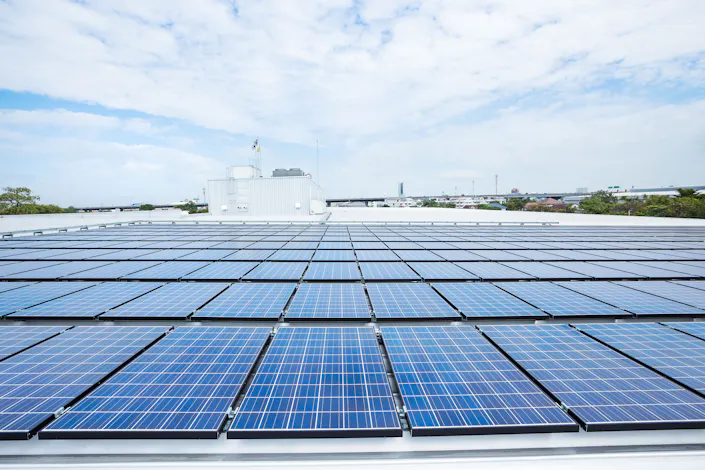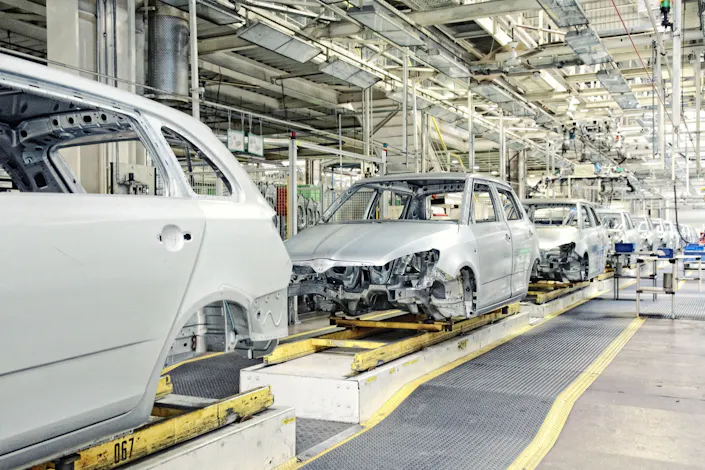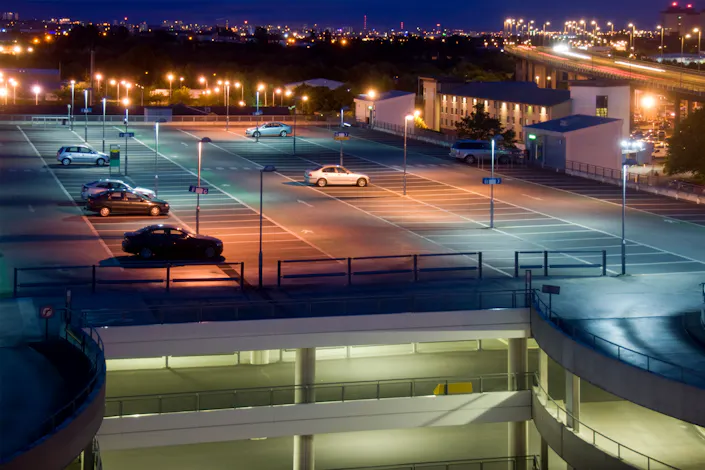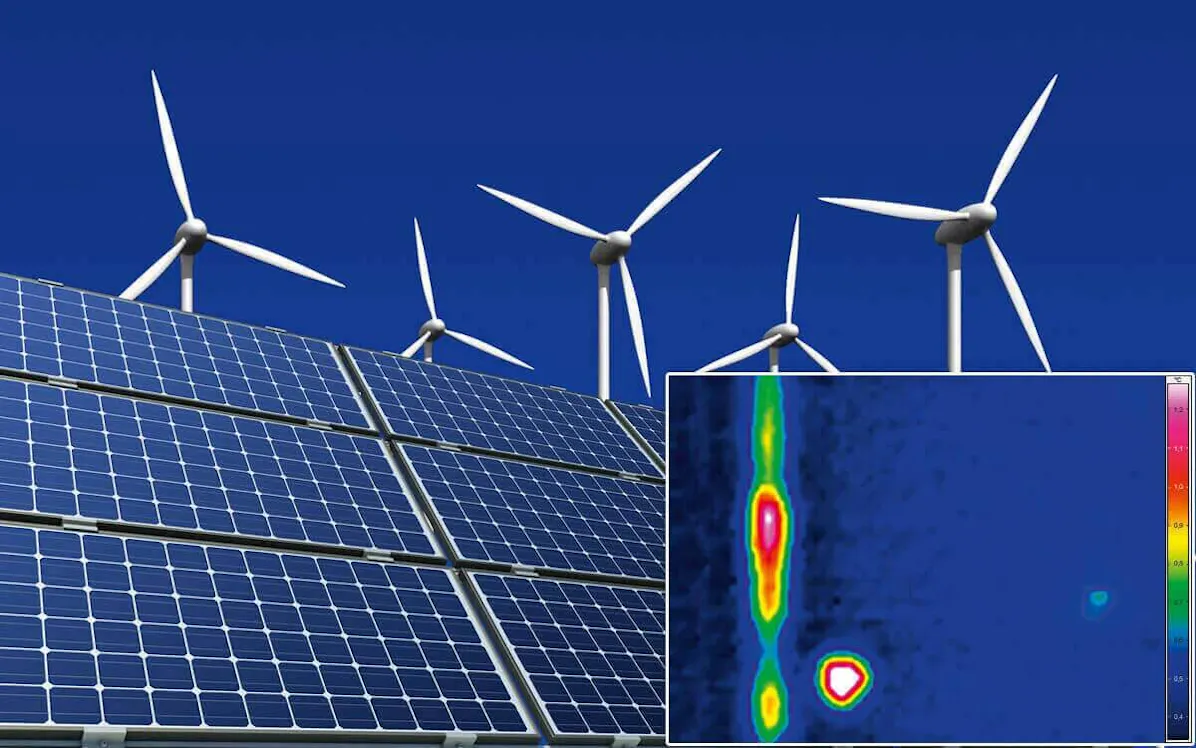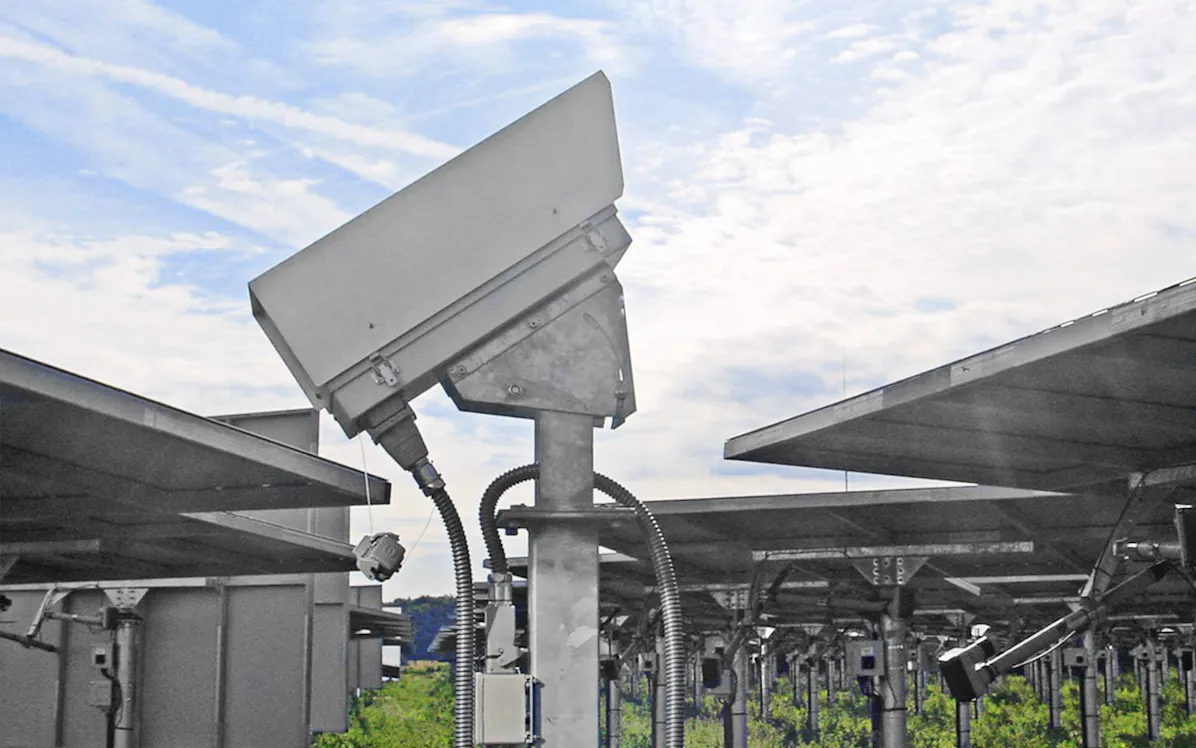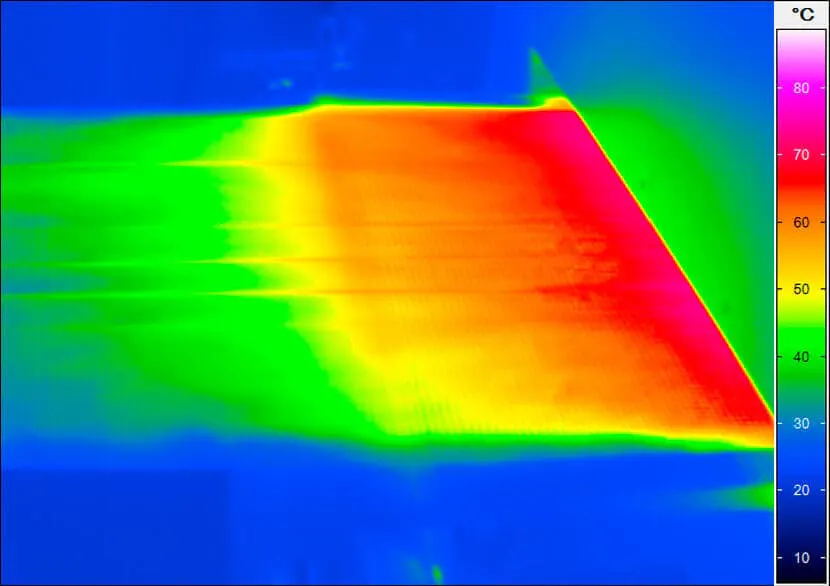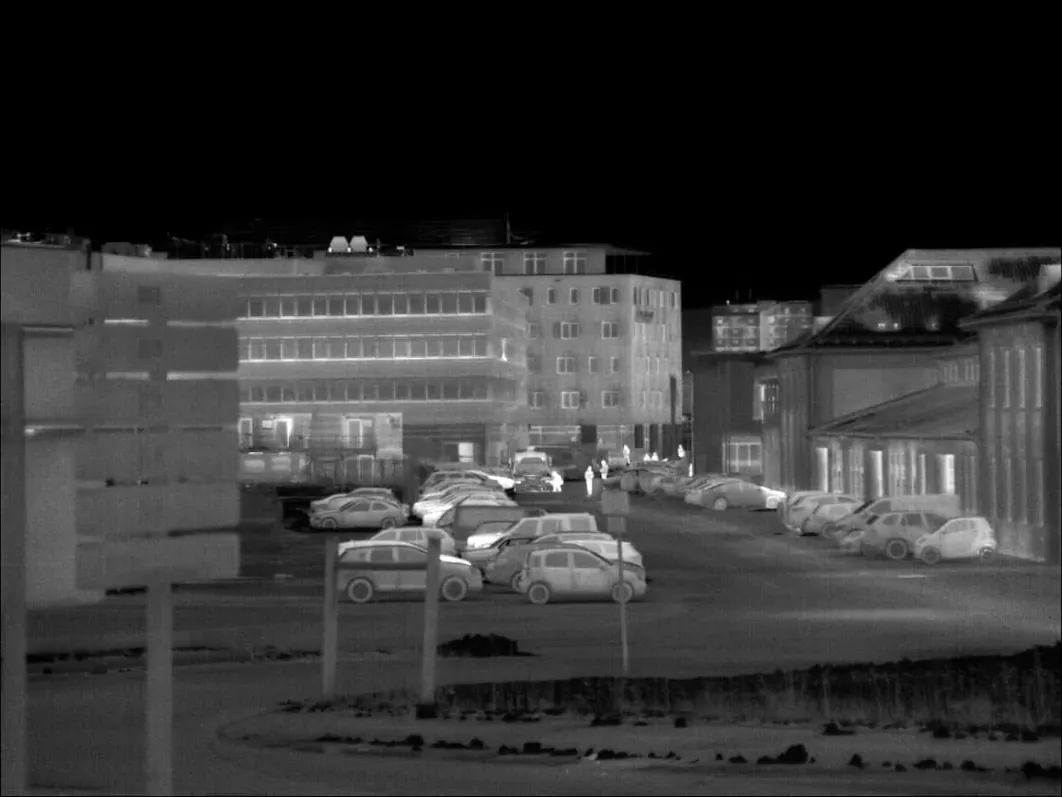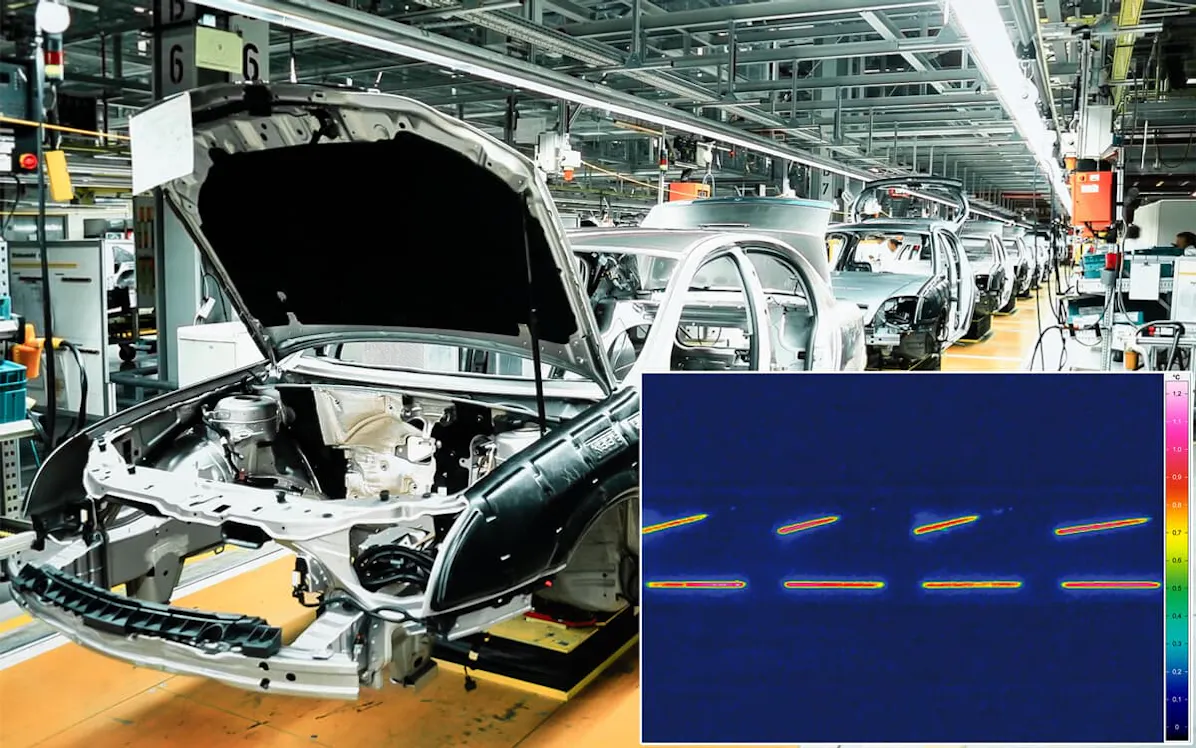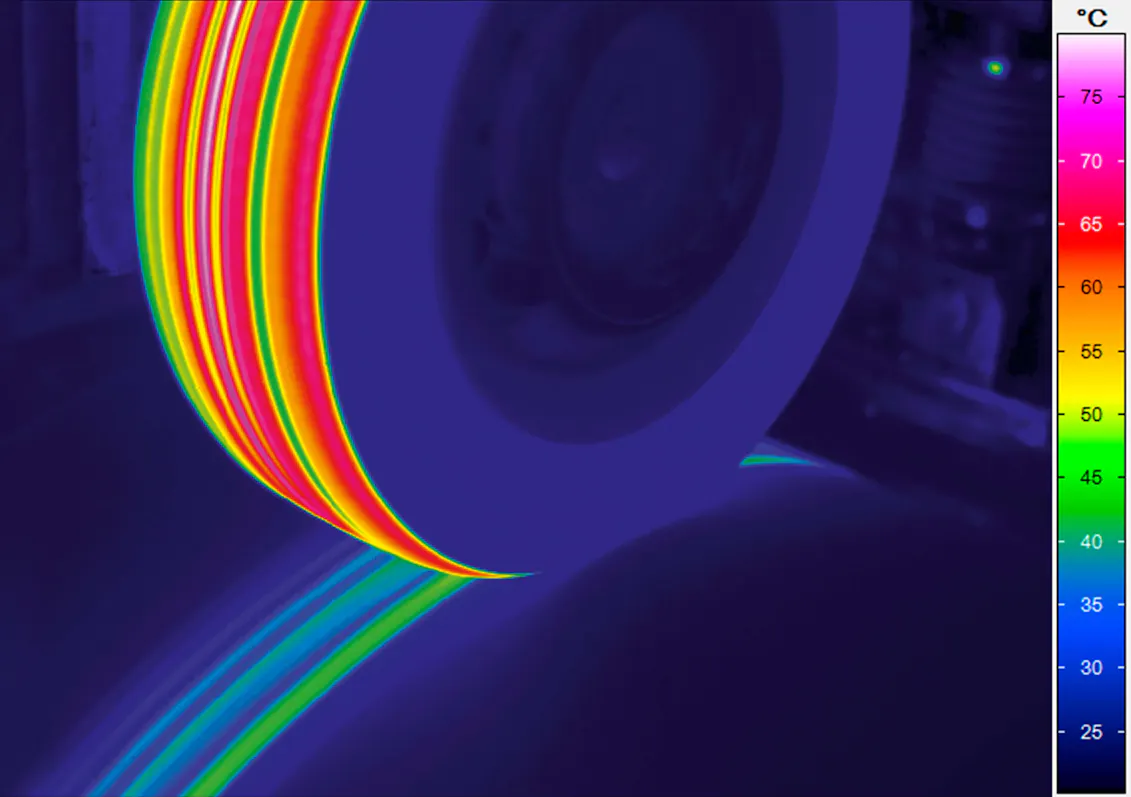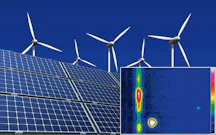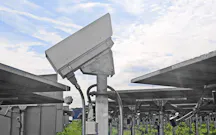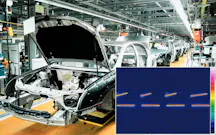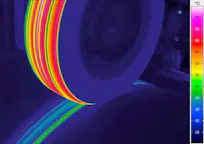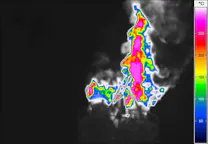Thermography-based OEM Solutions for Industrial Use
Due to their modular basic concept, InfraTec thermography systems can be configured with such flexibility that they can be integrated easily into existing system environments as OEM solutions. In this context, integrators benefit from numerous advantages.
Integrators Benefit from Numerous Advantages
Application-specific customisability of the systems due to high modularity
Accumulated competence of more than 30 years of experience in the application of thermography systems in complex customer-specific measurement and monitoring tasks
Variable interfaces for automation and image processing PCs, compatible with industrial standards such as 10 GigE, GeniCam, GigE Vision and CAMLink
Fast integration into existing systems through powerful SDK (Software Development Kit) and excellent support
Long-term availability of systems ensures the sustainability of investments
InfraTec as reliable partner for development, delivery and service
Infrared Thermography – A Smart Temperature Measurement Method with Enormous Potential
Thermal imaging is a passive imaging method for contactless temperature measurement. It uses the fact that every object with a temperature above absolute zero (-273.15 °C) emits electromagnetic radiation. The focal plane array infrared detector of the thermal camera, which is equipped with individual elements arranged in a matrix, uses an optical system to capture the intensity distribution of the radiation emission from the measurement object over a large area. The camera converts the radiation intensities into measured temperature values for each individual pixel of the radiometric thermal image. This results not only in a few temperature readings from individual measurement points, as for example in the case of using thermocouples and pyrometers, but also in hundreds of thousands to millions of temperature readings that are completely distributed over the measurement object.
Infrared Camera Series ImageIR® – Best Performance for Highest Demands
The ImageIR® camera series is the perfect solution for users who want to combine extremely flexible camera technology with maximum thermal sensitivity, accuracy, spatial resolution and measurement speed.
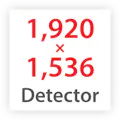
Geometrical resolution with detector formats up to (1,920 x 1,536) IR pixels
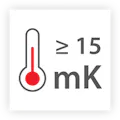
Highest thermal resolution up to < 0.015 K
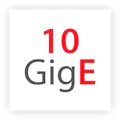
10 GigE real-time interface for lossless image storage directly at connected PC
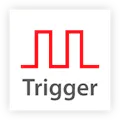
Precise synchronisation with down to 10 ns jitter and 1 µs delay
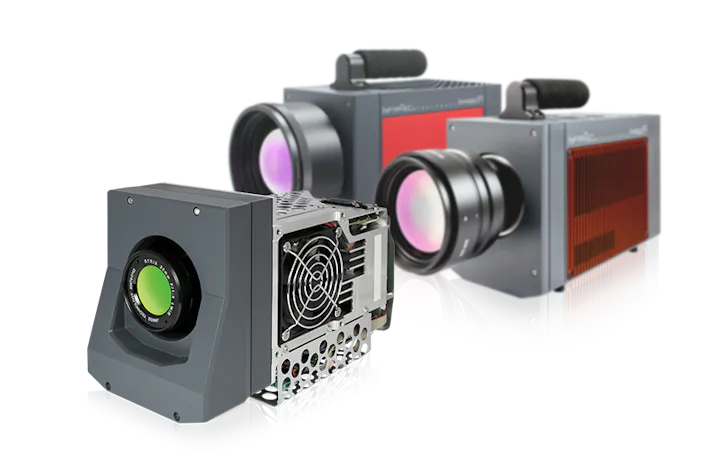
Infrared Camera Series VarioCAM® High Definition – Compact, Rugged and Extremely Versatile
For tasks where an uncooled microbolometer camera can be used, the VarioCAM® HD camera series will be the right choice. Robust and extremely versatile, these camera models deliver outstanding image quality and high measurement accuracy. Detector formats up to (1,024 × 768) IR pixels enable thermal analyses of microstructures in the micrometer range. With our unique opto-mechanical MicroScan unit even images with up to (2,048 × 1,536) IR pixels are feasible.
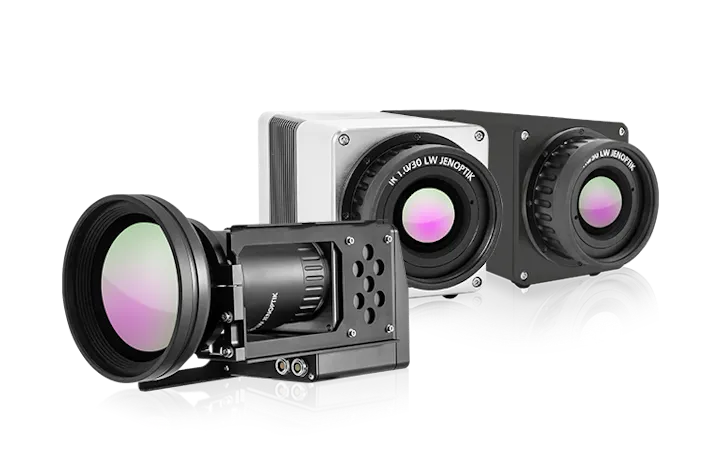

High-end detectors with up to (1,024 x 768) IR pixels
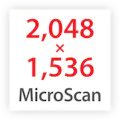
Opto-mechanical MicroScan for images and sequences with up to (2,048 x 1,536) IR pixels
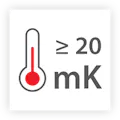
Thermal resolution up to 0.02 K

Precise, remote-controllable and fast focusing
Advantages of Working with InfraTec
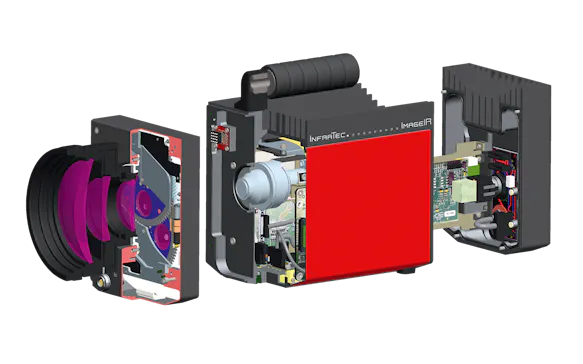
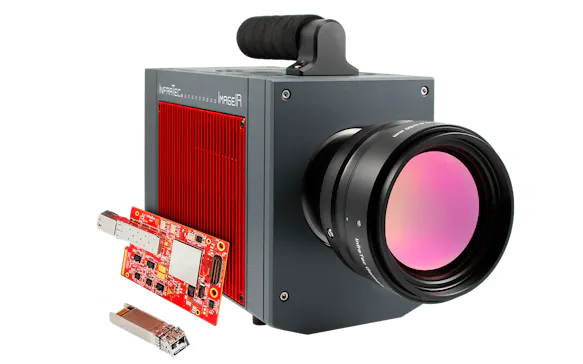
Easy Integration in a Direct Way
Regardless of the specific application, the decisive factor for OEM partners is, how easily the system can be integrated into the existing environment. InfraTec’s powerful SDK offers best conditions for a convenient integration:
Recording of real-time thermographic data in various adjustable formats (temperature data in Kelvin, 16-bit digital values, 32-bit bitmap, 8-bit data)
Real-time calculation of temperature values in °C as well as relevant characteristic values such as minimum, maximum, mean value and standard deviation
Operation, control and parameterisation of the thermographic camera via remote access
Optional connections for the development environments MathWorks, LabVIEW and MATLAB
Software development is being conducted at InfraTec's headquarters in Germany
Interfaces for Camera Control and Data Transmission
State-of-art interfaces enable reliable camera control and data acquisition even over very long distances. All InfraTec thermographic cameras are equipped with GigE Vision and industrial GigE compatible interfaces. Alternatively, 10 GigE interfaces can be used. These enable high-speed data transmission at ten times faster transmission speed. Fibre optic versions allow data transmission with high electromagnetic immunity and over extremely long distances in addition. Alternatively, CAMLink interfaces are available for ImageIR® models, too.
Depending on the respective camera model, the following interfaces can be selected:
10 GigE / GigE
CAMLink / DualCAMLin
To ensure that the protection degree of the cameras is maintained even under harsh operating conditions, the connections at our VarioCAM® High Definition are equipped with LEMO® plug connectors that maintain that level of protection.
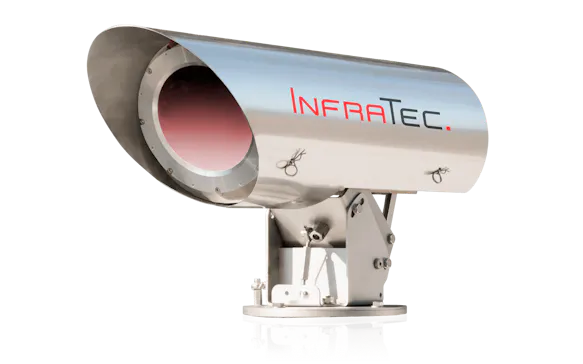
Reliable Protection Even in Harsh Industrial Environments
An indicator of a thermographic camera durability is always its housing. Therefore, InfraTec attaches great importance to high standards. Closed housings made of high-tensile aluminium alloys with a degree of protection up to IP67 guarantee such standards. Thus, the sensitive sensors and electronics remain protected at all times, even when used in harsh industrial environments.
Suitable protective housings, for example made of stainless steel, are available for applications under extreme environmental conditions. Optionally equipped with cooling and heating, certain models are also certified according to ATEX directives.
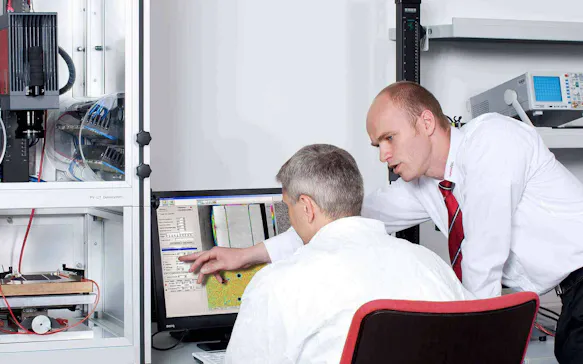
First-class Service Ensures High System Availability
From the idea for an OEM solution to the subsequent 24/7 continuous operation of a complete thermographic system, the path leads through numerous stages. InfraTec accompanies integrators from the first step, conducts feasibility studies, develops and produces OEM solutions in cooperation with its partners. Experienced engineers from the in-house service department support users in their daily work with the system and ensure its maintenance.
Our Services in Detail
Multilingual expert support by qualified engineers
24-hour hotline
Rental service for cameras and further equipment
Stock of cameras to cover temporarily shortages
Short service processing times
Calibration in our own laboratory
Selection of Possible Applications for OEM
Automation of industrial processes such as quality control and assurance, process control and monitoring, production monitoring
Non-destructive testing such as locating defects in joints and evaluating thermal cutting and spraying processes
Active thermography such as lock-in and pulse-phase thermography for failure detection in assembly and electronic components
Temperature monitoring at absorbers of solar tower power plants
Security applications such as border protection, object surveillance and SAR missions
Gimbal Systems for Helicopter Mounting
InfraTec offers various infrared camera systems for fixed mount use in airplanes as well as for integration into precision gimbals. Thereby, the infrared camera can be exactly positioned within a µrad range to track automatically. A handy remote control allows for camera operation directly via the control of the gimbal.
Gimbals, or gyro-stabilized platforms, have been used for many years as very effective systems for airborne thermography in the inspection of high-voltage power lines, pipelines and industrial plants, as well as in the search for energy and material pollution.
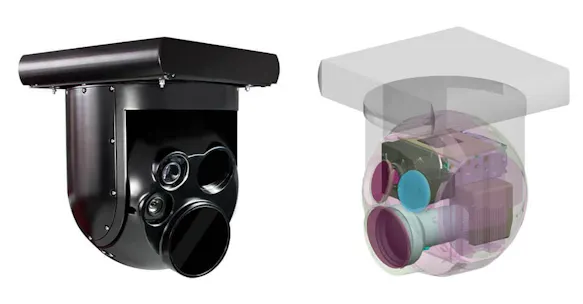
Due to their high-precision stabilization, images of distant objects can be accurately captured despite movement of the airborne vessel carrying the gimbal. Integrated into the gimbal are cameras for both, the visible (visual camera) and in the infrared radiation spectrum (infrared camera), a laser rangefinder and laser target designators.

Would You Like to Know More?
It is not unusual for tasks to be associated with special requirements. Discuss your specific application needs with our specialists, receive further technical information or learn more about our additional services.
